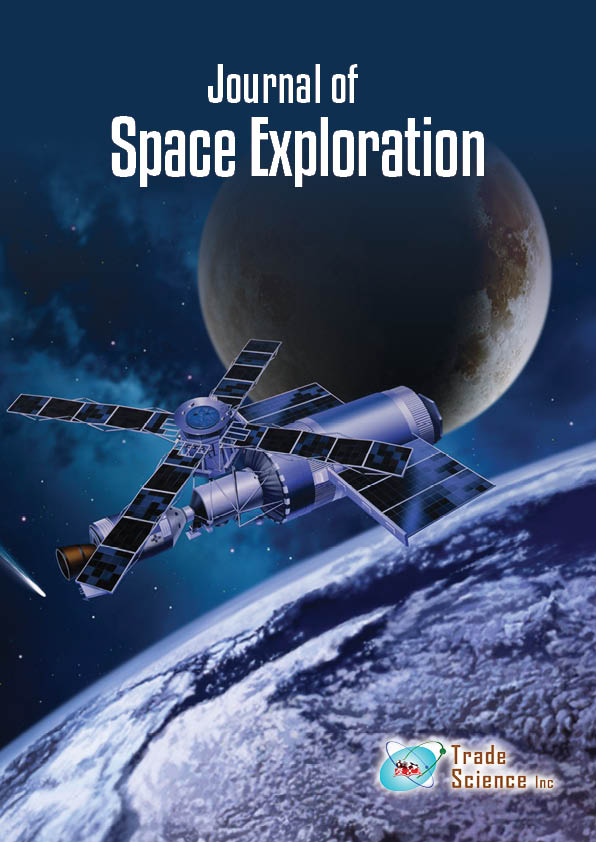抽象的
Rb-Sr isotope evolution in Solar system/planet Earth and the preferred decay constant of 87Rb
Satya P. Gargi
Any model trying to define the Rb-Sr isotopic evolution in Solar System/planet Earth has to specify the beginning 87Sr/86Sr isotope ratio of the planet Earth at the time of its formation, and its present-day Sr isotope and 87Rb/86Sr ratios. Furthermore, such a model attempting to describe this evolution has to take into account several other factors such as age of Earth, decay constant of 87Rb, present-day Rb/Sr ratio, and isotopic characteristics of mantle as seen through the initial Sr isotope ratio of certain ancient mantle-derived rocks, as these factors impose significant constraints on this evolution. The present study shows that one model for the isotopic evolution in the/Solar System/Earth which stipulates beginning (initial) and present-day Sr isotope ratios of 0.69877 and 0.7047, respectively, and the present-day 87Rb/86Sr ratio of 0.09 satisfies all the above mentioned constraints. However, for this model to be feasible, age of the Earth must be assumed to be similar to the mean age of the meteorites, that is, 4.555 Gyr, and the decay constant of 87Rb must be revised to a lower value of 1.4087(10-11 yr-1).
